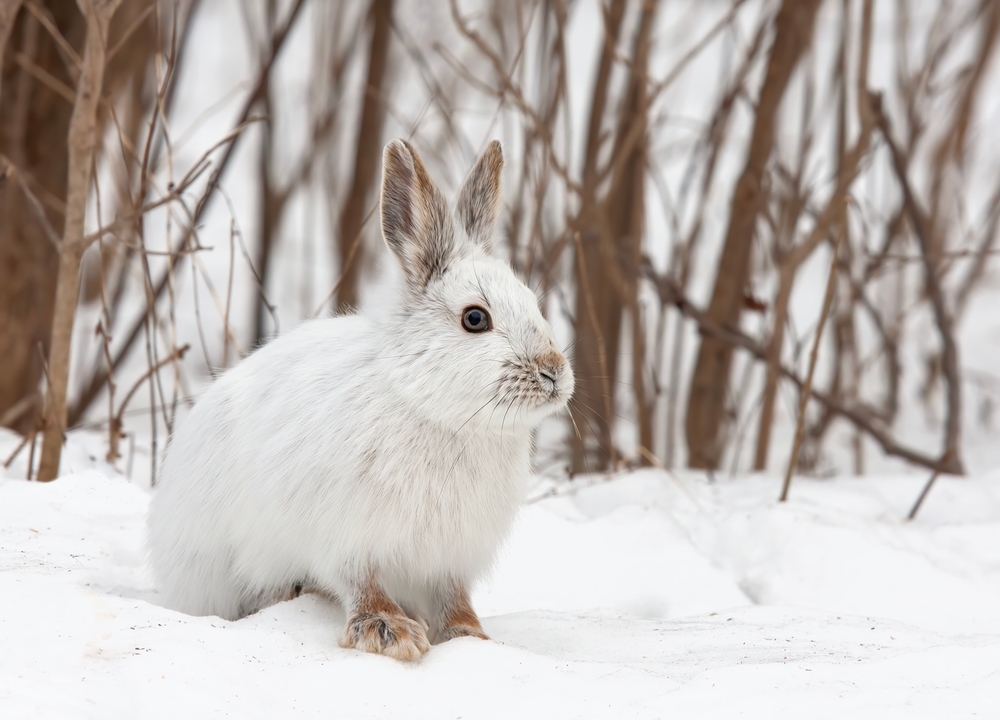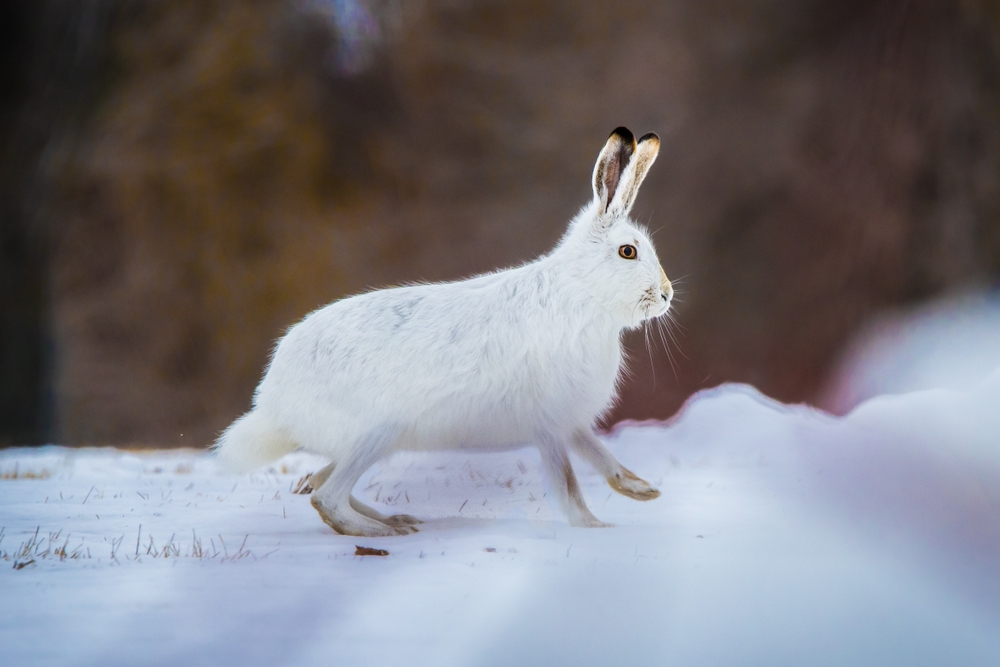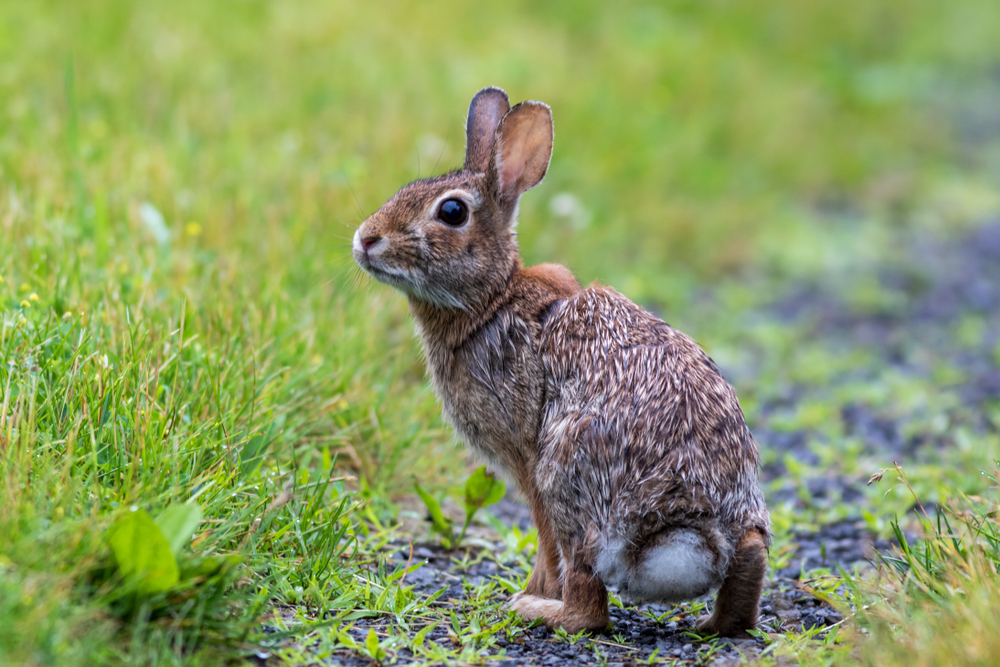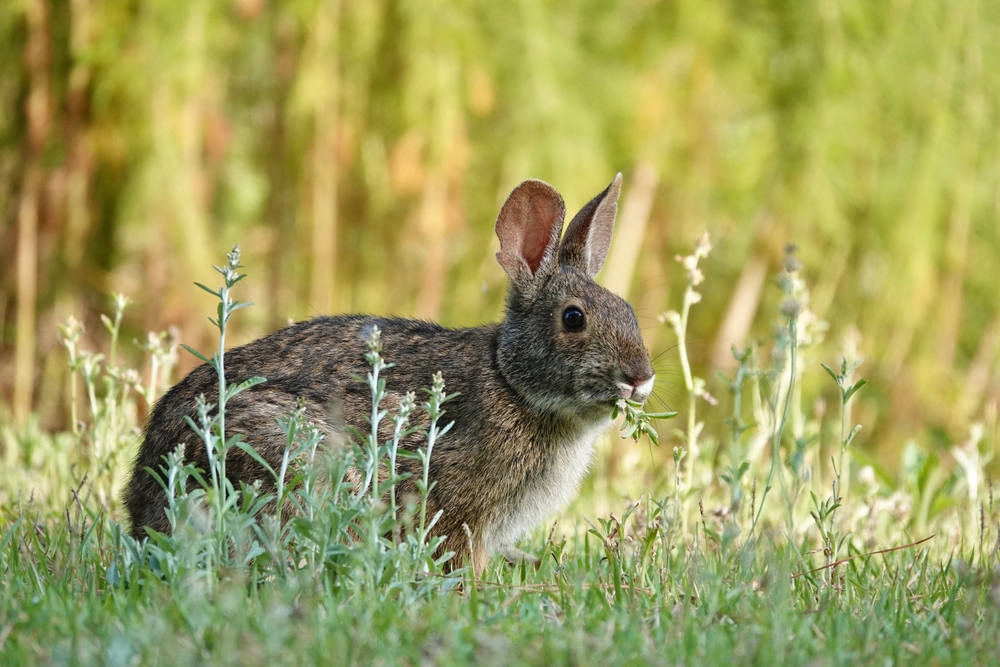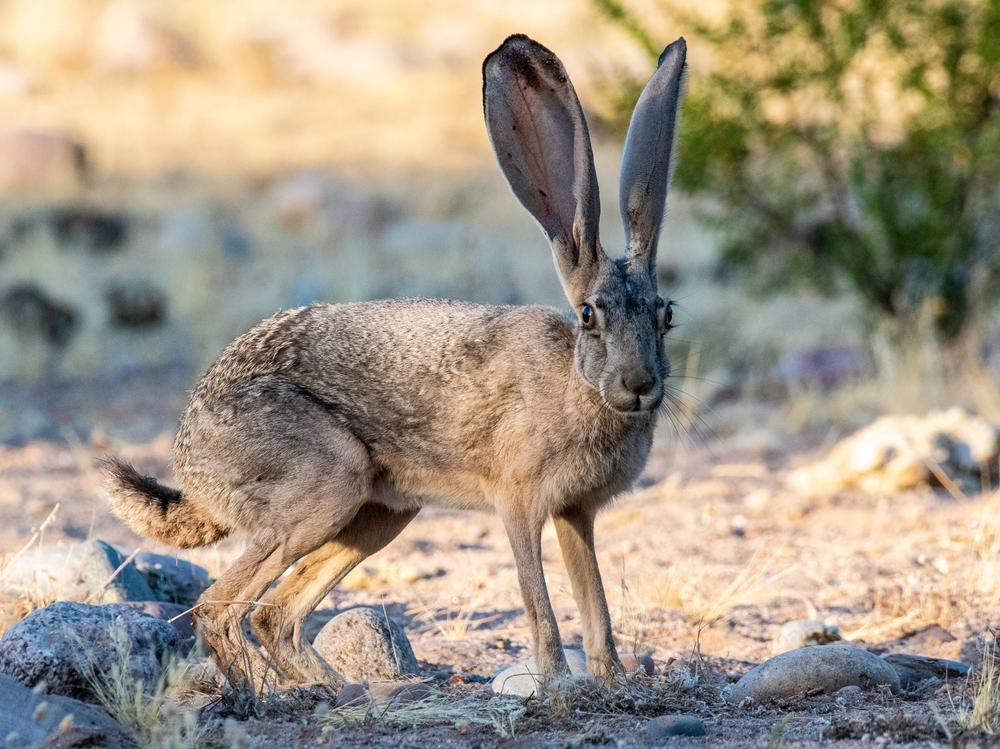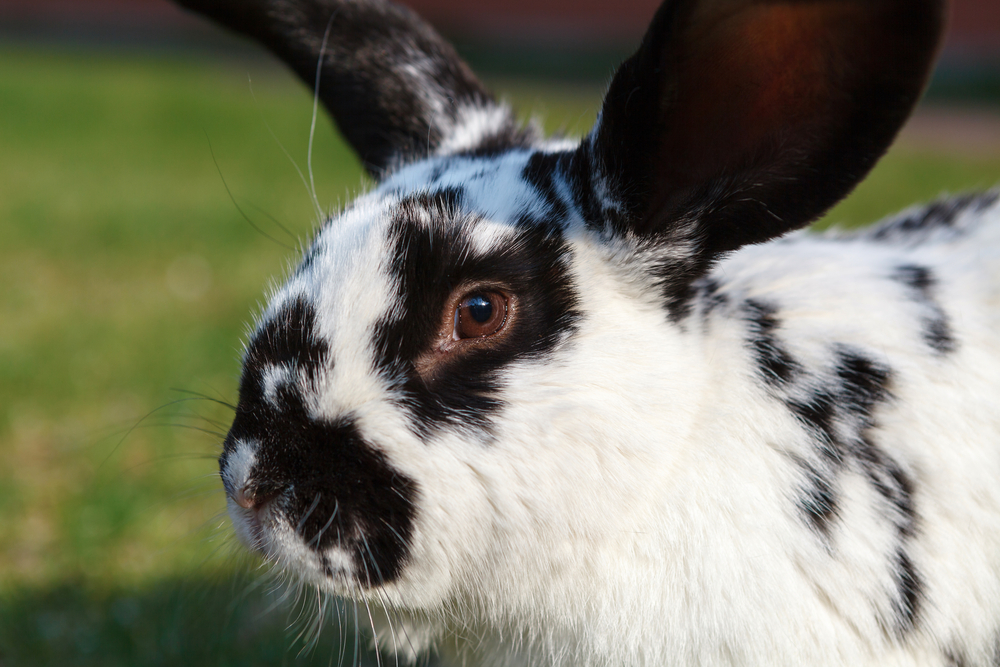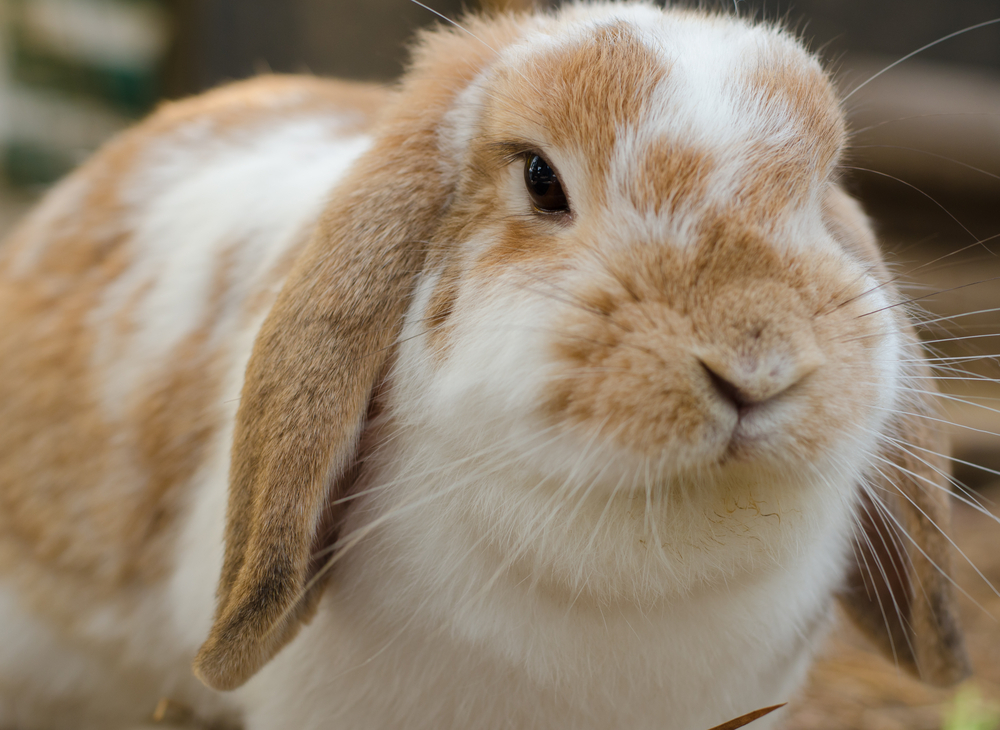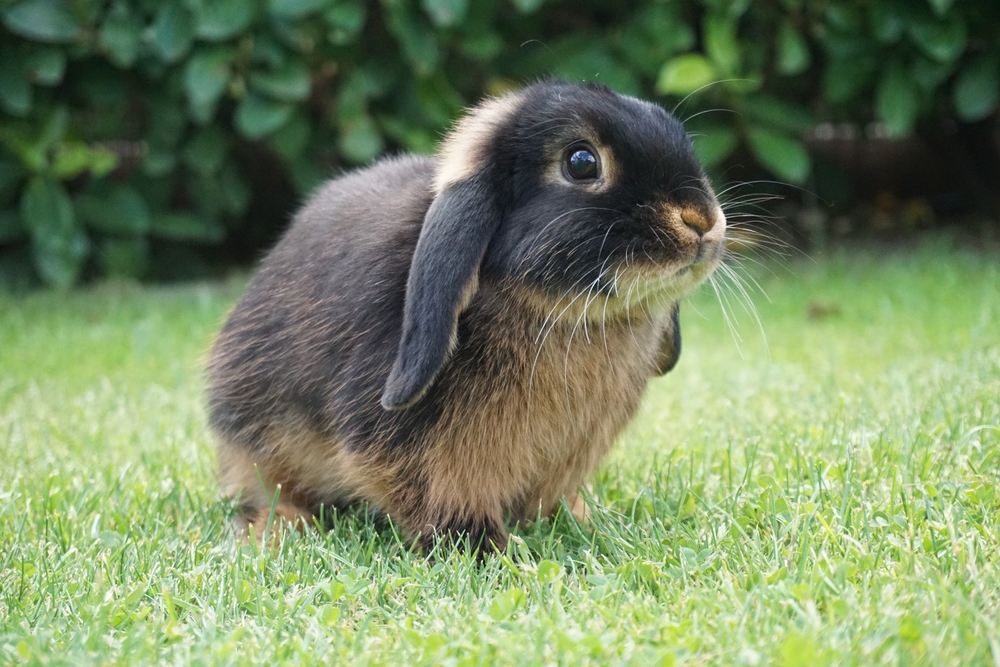About
#Mammals
The snowshoe hare (Lepus americanus) is a medium-sized, cold-climate hare native to the boreal forests and mountainous regions of North America. A member of the Leporidae family, this hare is renowned for its large, fur-covered feet—resembling snowshoes—that allow it to move swiftly across deep snow without sinking. Its incredible seasonal camouflage and adaptations to frigid environments make it a key species in northern forest ecosystems.
Weighing between 1.4–2 kilograms (3–4.5 pounds), the snowshoe hare has a compact body, powerful hind legs, and a short tail. Its most notable adaptation is its coat: brown in summer and pure white in winter, allowing it to blend seamlessly with its surroundings and evade predators such as lynxes, foxes, owls, and coyotes.
Snowshoe hares are mostly nocturnal or crepuscular, resting during the day in shallow depressions called “forms” and becoming active at dusk and dawn. They feed on a variety of vegetation, including grasses, leaves, ferns, and bark, with diet shifts depending on the season. In winter, they often survive by gnawing on twigs and buds.
They are solitary outside of the breeding season, which runs from spring to summer. Females may produce several litters per year, each with 1–8 leverets. These young are born fully furred and with open eyes, able to fend for themselves shortly after birth.
The snowshoe hare plays a critical role in northern food webs, especially as the primary prey for the Canada lynx. Their populations naturally cycle in boom-and-bust patterns every 8–11 years, which in turn influences the numbers of their predators.
Threatened:
Extinct
Critically Endangered
Endangered
Vulnerable
Near Threatened
Least Concern



































































